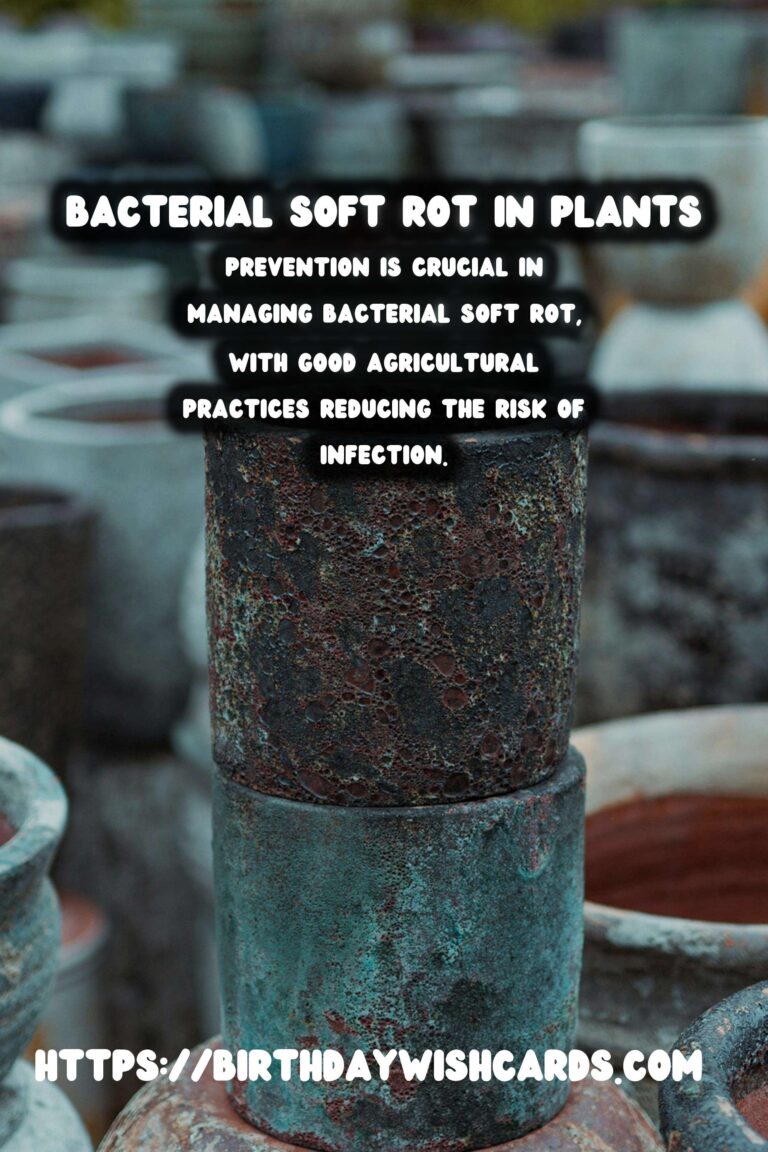
Bacterial soft rot is a devastating plant disease that affects a wide variety of crops around the world. This disease is caused primarily by bacteria in the genus Pectobacterium and Dickeya, which thrive in warm, moist conditions. Understanding the symptoms, causes, and prevention methods of bacterial soft rot is essential for farmers and gardeners aiming to protect their plants.
What is Bacterial Soft Rot?
Bacterial soft rot is characterized by the decay of plant tissues, which become soft, mushy, and often foul-smelling. This disease predominantly affects fleshy plant parts such as tubers, bulbs, and fruits. It can rapidly destroy the plant’s integrity, leading to significant agricultural losses.
Causes of Bacterial Soft Rot
The primary cause of bacterial soft rot is infection by Pectobacterium and Dickeya bacteria. These bacteria enter the plant through wounds or natural openings and produce enzymes that break down the plant cell walls. Factors that promote infection include high humidity, warm temperatures, and poor drainage, which create an ideal environment for bacterial proliferation.
Symptoms of Bacterial Soft Rot
Symptoms of bacterial soft rot vary depending on the plant and environmental conditions. Common signs include water-soaked lesions on the plant surface, soft and mushy tissues, and a foul odor emanating from the infected area. The disease can spread rapidly, especially under humid conditions.
Preventing Bacterial Soft Rot
Prevention is crucial in managing bacterial soft rot. Implementing good agricultural practices can significantly reduce the risk of infection. These practices include:
- Ensuring proper drainage and avoiding waterlogged conditions.
- Practicing crop rotation to prevent the buildup of bacteria in the soil.
- Using resistant plant varieties when available.
- Handling plants carefully to avoid injuries that could serve as entry points for the bacteria.
Treatment Options
Once bacterial soft rot is established, it is challenging to control. Chemical treatments are often ineffective, making prevention the best strategy. Infected plants should be removed and destroyed to prevent the spread of the bacteria to healthy plants. Maintaining a clean growing environment and ensuring adequate air circulation can also help manage the disease.
Conclusion
Bacterial soft rot is a serious threat to many crops, but with careful management and preventive measures, its impact can be minimized. Understanding the conditions that favor the disease and taking proactive steps to protect plants can help in maintaining healthy crops and reducing agricultural losses.
Bacterial soft rot is characterized by the decay of plant tissues, which become soft, mushy, and often foul-smelling. The primary cause of bacterial soft rot is infection by Pectobacterium and Dickeya bacteria. Symptoms of bacterial soft rot include water-soaked lesions, soft and mushy tissues, and a foul odor. Prevention is crucial in managing bacterial soft rot, with good agricultural practices reducing the risk of infection. Once bacterial soft rot is established, it is challenging to control, making prevention the best strategy. 
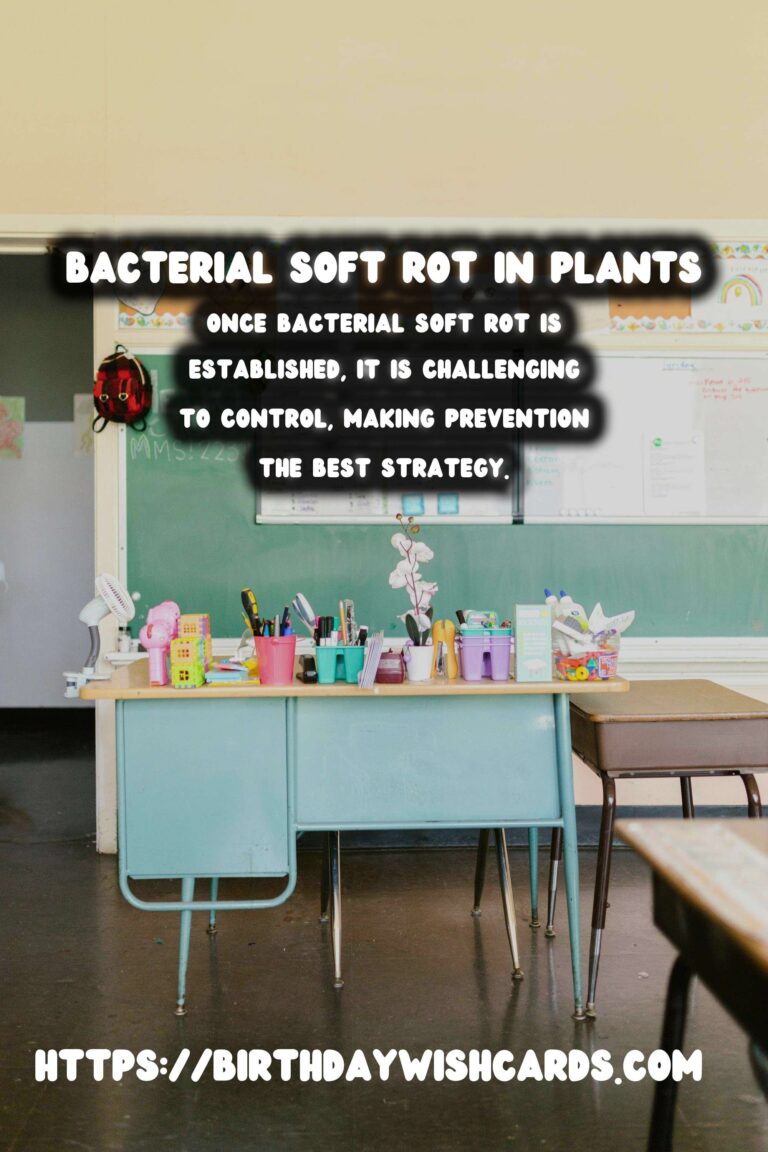

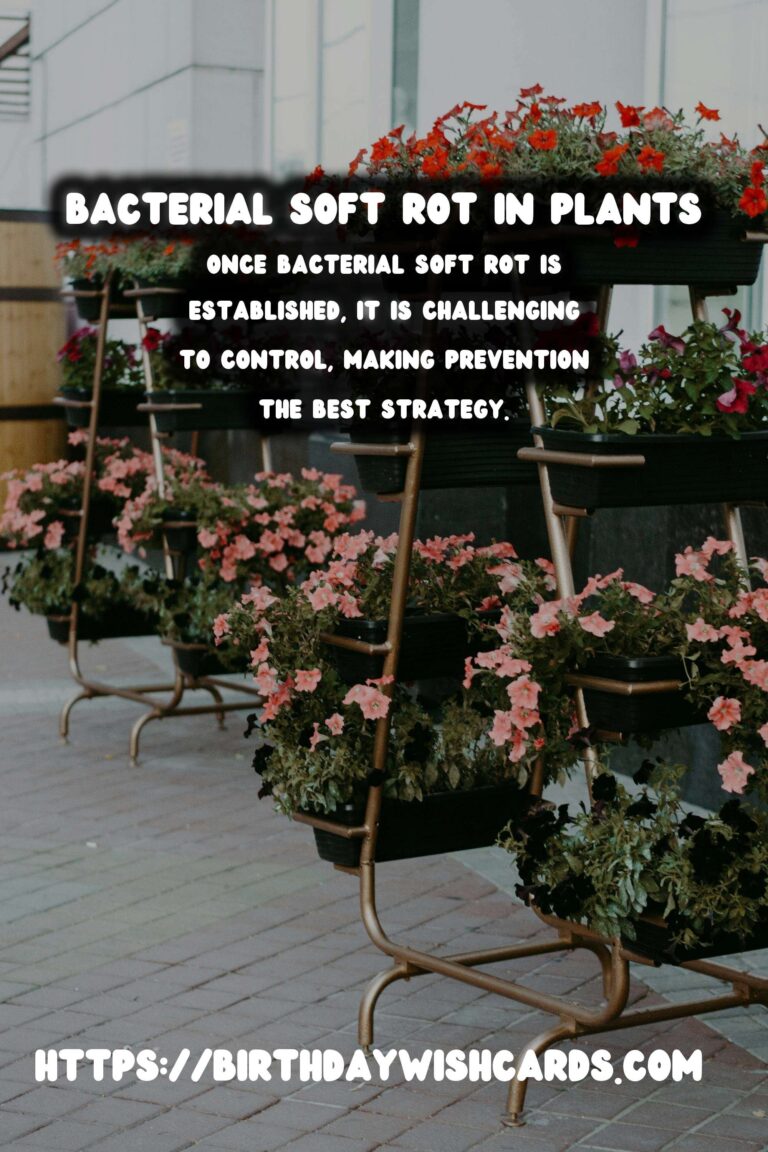
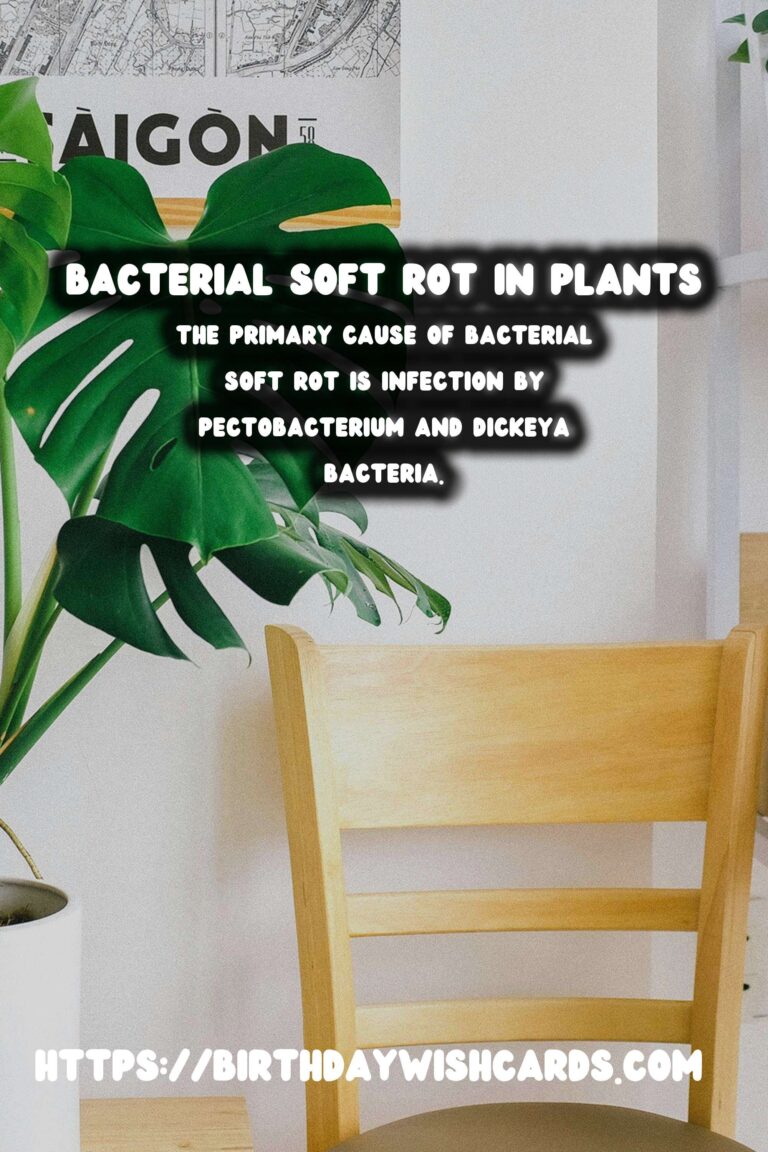
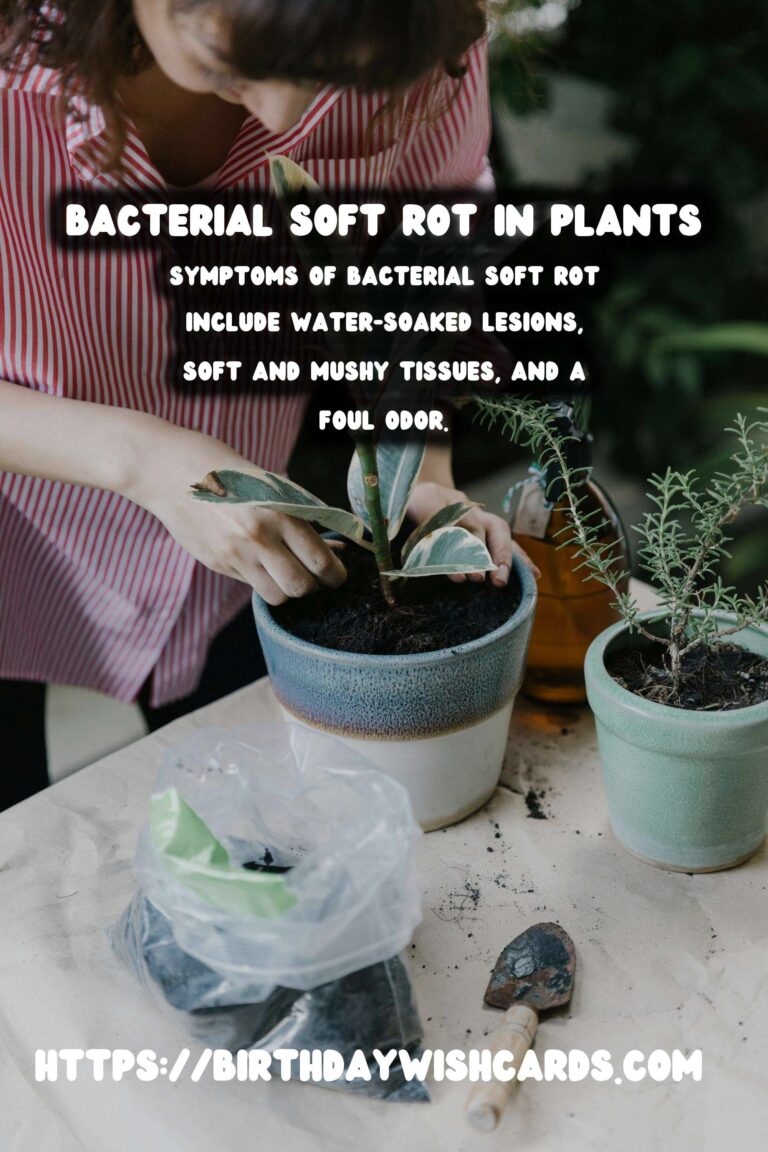
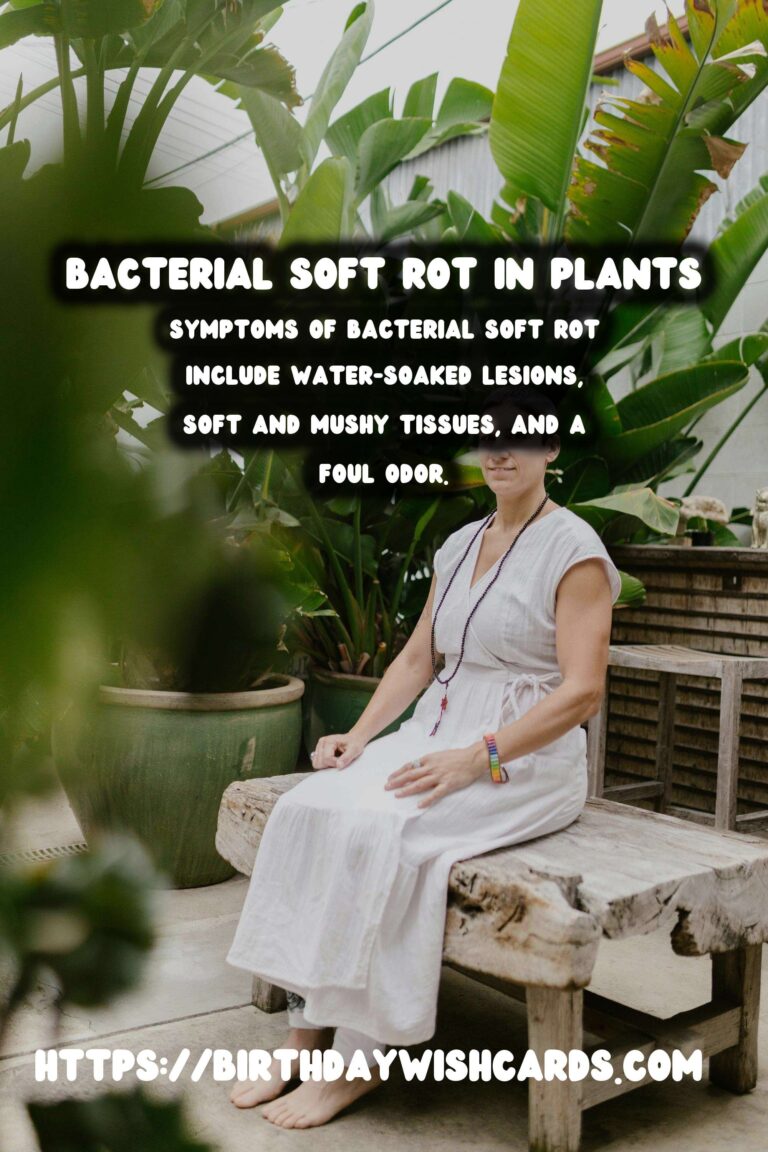
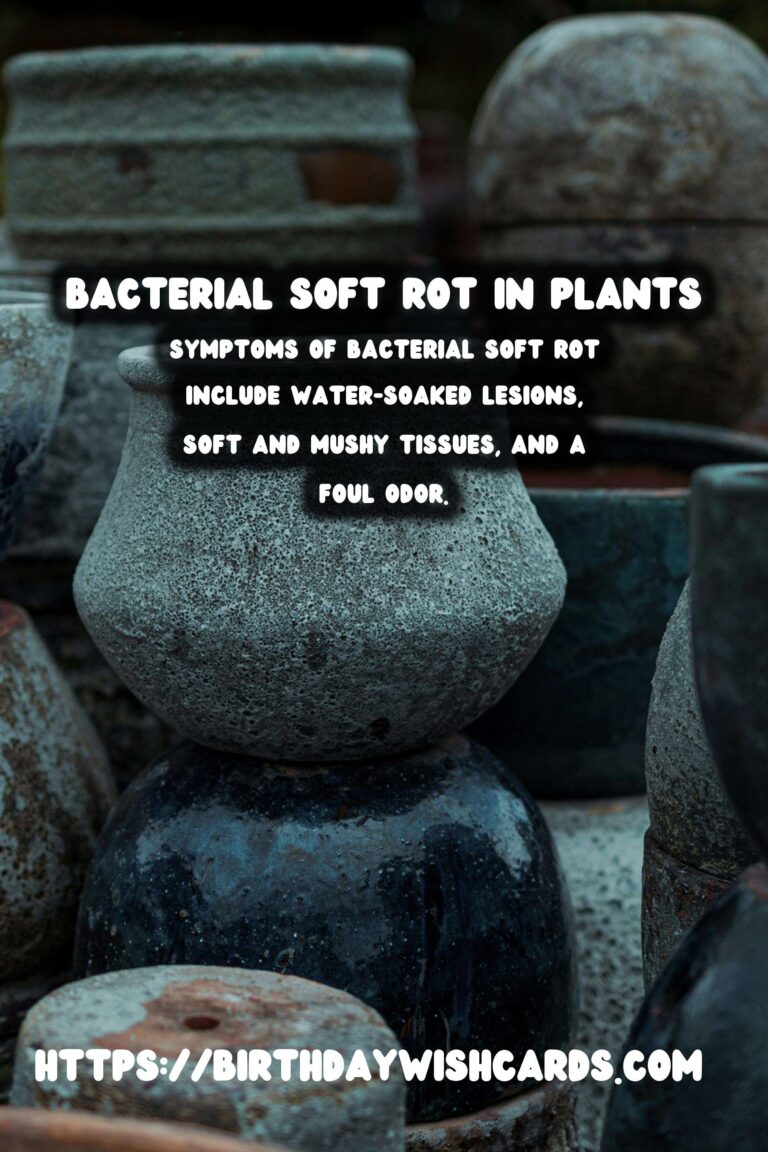
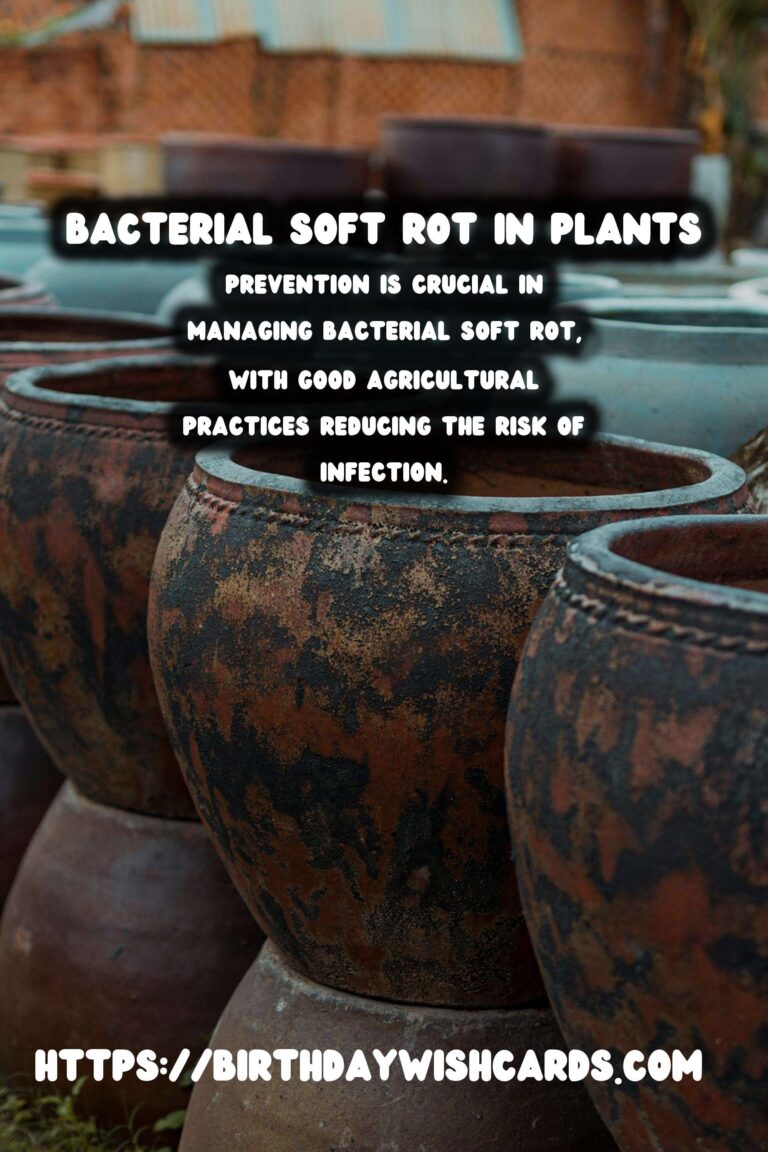

#PlantDiseases #BacterialSoftRot #Gardening #Agriculture #PlantHealth




